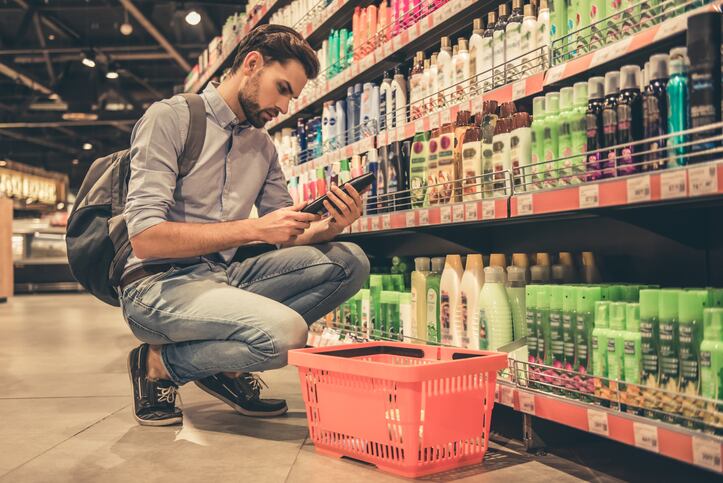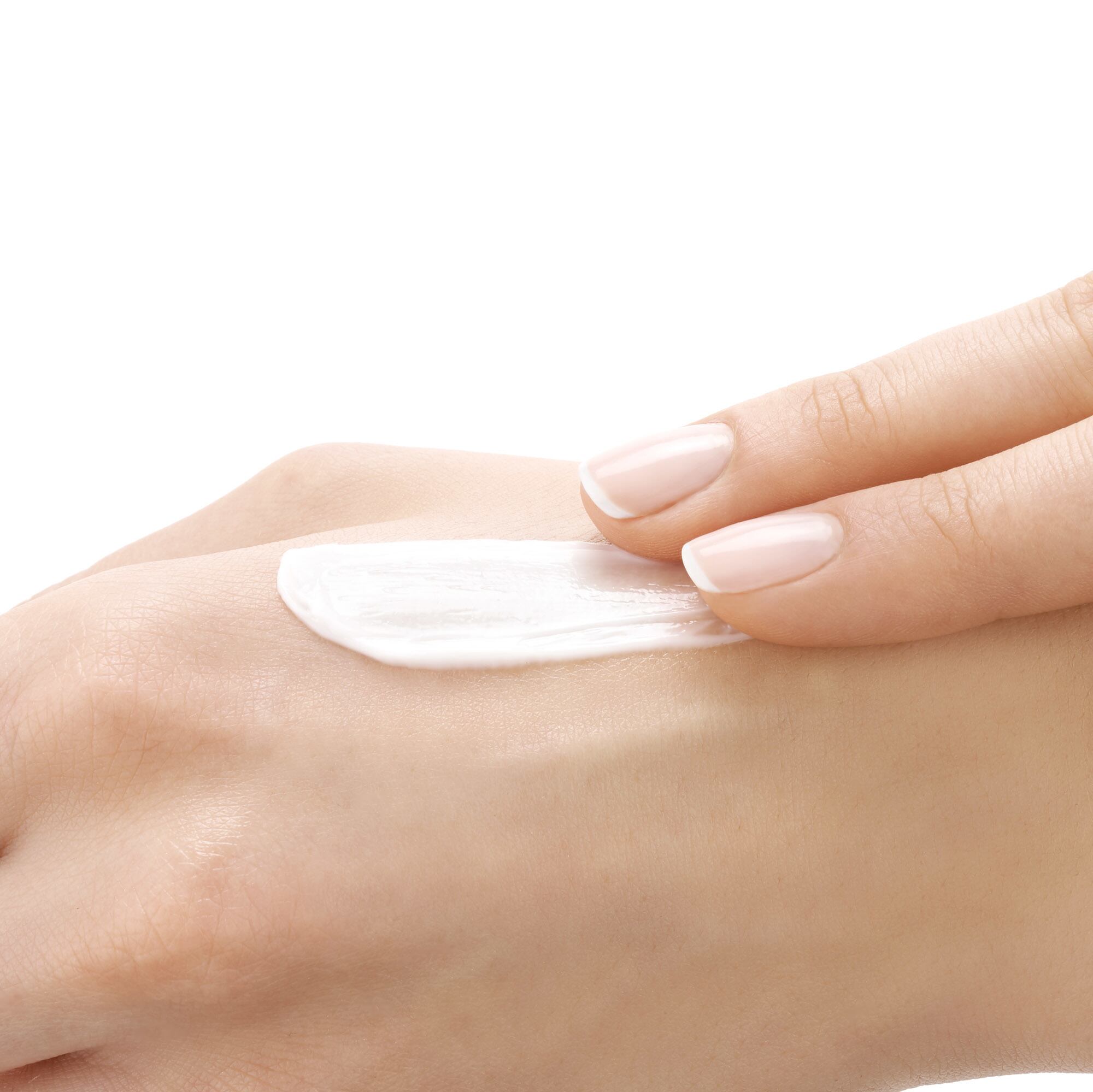The European cosmetics category is extensively regulated through the Cosmetics Regulation (EC) 1223/2009 and the European Chemical Agency ECHA’s REACH regulation, along with plenty of additional Member State checks and balances. But, moving into 2020, consumer concern over certain cosmetic ingredients still existed and was being fuelled by a rise in digital, according to John Chave, director-general of Cosmetics Europe.
Speaking to CosmeticsDesign-Europe, Chave said this was a challenge industry had to address in the coming year.
“Digitalisation is an issue which has been often now spoken about in Europe and is going to be a priority for the European Commission in the next five years. It’s an interesting issue for cosmetics because it’s one that is genuinely a challenge and an opportunity,” he said.
‘Misleading and unduly alarming’ information on cosmetics
Whilst digitalisation presented plenty of opportunity, like wider product access and distribution of ingredients lists online, Chave said the challenges were around misinformation.
Some product scanning apps, for example, were “a little misleading and unduly alarming”, he said, as they made out certain ingredients were dangerous or threatening when in fact all aspects of a formulation had been “ruthlessly tested and approved”.
“This is a challenge for industry because while it’s important consumers understand our products and we’re open to transparency, we don’t want that to be distorted by unnecessarily alarming messages.”

Asked how industry could respond, he said: “Industry needs to rethink it’s approach to cosmetic ingredients, particularly in the case of ‘chemophobia’ – people assuming if something is a synthetic chemical it’s inherently more dangerous than a natural. This is not true, and I think industry has a role in better explaining why it isn’t true.”
Companies, he said, had to start talking about ingredients in a “more positive and explanatory way”, and this had to be prioritised soon because chemophobia was becoming “deeply embedded” in society.
Holistic approach to proving legitimacy and safety
Cosmetics Europe, Chave said, was working tirelessly on research to provide necessary data showing ingredient safety – aluminium and ZPT had recently been declared safe in preliminary opinions from SCCS, for example. It was also working hard on debunking conversation around risk and hazard with recent media campaigns, he said.
But he said industry had to take a wider approach. “We’re not really taking a holistic approach to explain why our ingredients are perfectly legitimate and safe; we’re focusing on the bit at the end but not necessarily the process throughout where we can better take opportunities to inform and explain to consumers why we use certain ingredients and why they have nothing to worry about.”
This conversation had to involve the entire supply chain, from raw material suppliers right through to retailers that represented “the front line”, he said.
“Retailers, of course, want to be able to reassure consumers that there’s nothing to be worried about but we need to give them the support, information and knowledge to do that. We don’t want to put retailers in a position where they’re effectively feeling they have to become regulators; regulation in cosmetics is very sophisticated in Europe.”
“…There is a huge opportunity to broaden out this discussion. It shouldn’t be an internal discussion,” he said.
Chave previously spoke on the importance of pushing forward with a green agenda, noting it was an issue no longer possible to disregard.




